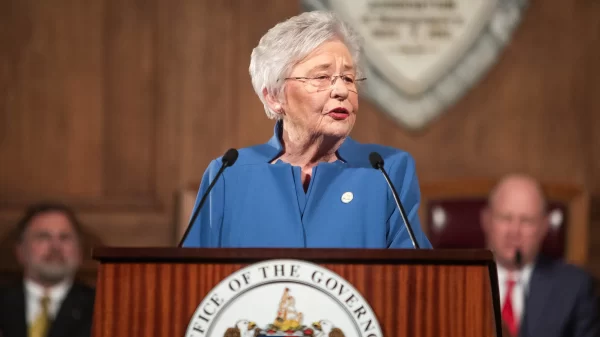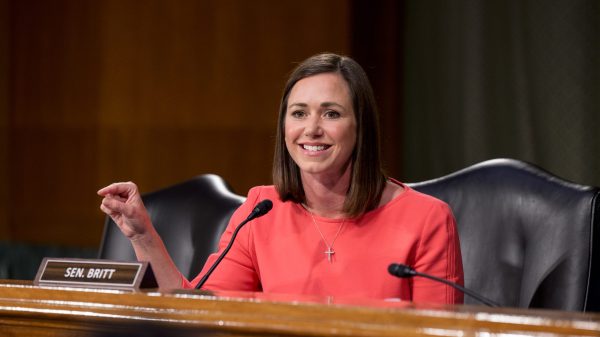By Brandon Moseley
Alabama Political Reporter
As of October 20, 2016, 32 counties in Alabama have been designated as primary natural disaster areas and 15 additional counties are classified as contiguous counties by the US Department of Agriculture (USDA) because of the ongoing drought.
The terrible drought conditions have led the US Department of Agriculture to make several drought assistance programs available to farmers in the affected counties.
Several programs are being offered by USDA-FSA.
The Livestock Forage Disaster Program (LFP) \ is designed to provide compensation to eligible livestock producers who have suffered grazing losses due to drought. The grazing losses must be due to a qualifying drought condition during a county’s normal grazing period. Eligibility requirements are for those livestock producers who own or lease land in a county assessed by the US Drought Monitor as: D2 (severe drought) for 8-consecutive weeks, D3 (extreme drought), or D4 (exceptional drought). LFP payments are calculated based on the drought conditions supported by the US Drought Monitor.
The Emergency Loan Program (ELP) offers an emergency loan by FSA to producers within counties declared by the President or designated by the Secretary of Agriculture as a primary disaster area. Contiguous counties are eligible for emergency loans. A variety of terms must be met in order to become eligible for an emergency loan.
The Non-insured Crop Disaster Assistance Program (NAP) provides financial assistance to producers of non-insurable crops to protect against natural disasters resulting in minimal yields or crop losses. Drought is considered an eligible cause of loss. Coverage eligibility for NAP applies to those producers who have completed an application of coverage and paid the appropriate services fees prior to NAP closing dates established by the Farm Service Agency during 2016.
Alabama Commissioner of Agriculture and Industries John McMillan (R) is encouraging producers impacted by the drought to contact their local USDA-Farm Service Agency (FSA) office regarding eligibility of available programs. Commissioner McMillan said, “We want to make certain Alabama producers are aware of all program opportunities offered by USDA-FSA due to losses as a result of the drought.”
Farmers across Alabama are already feeding hay to their livestock weeks ahead of normal. Cool season grazing crops like fescue, ryegrass, and oats aren’t growing this year due to the drought conditions forcing many farmers and ranchers to buy much more hay and grain than normal, in a year where hay growers weren’t able to get their normal fall cutting.
The drought is not just affecting farmers. The Alabama Political Reporter recently toured Lake Purdy, which is the Birmingham Waterworks largest reservoir. Growing grassy fields are where the lake bottom used to be. On Monday, the waterworks was pumping all the water out of Marcum Lake (an old rock quarry off of Carl Jones Road) in order to create enough water flow in the Little Cahaba River to continue treating sewage properly.
Click here to find more information about USDA-FSA county offices in Alabama and to inquire about additional program details.
For more information on how to reach your county USDA-FSA office, contact Hassey Brooks at [email protected]






















































